Ethical Design Exercises
Explore hands-on “Ethical Design” exercises to sharpen your skills and level up your craft. Want more? Browse all search results
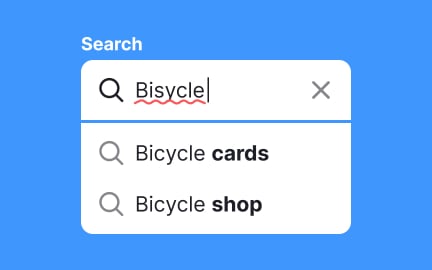
Exercise
Error prevention

Exercise
Dark pattern
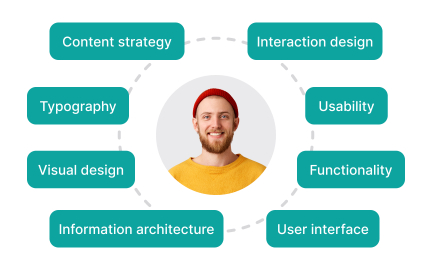
Exercise
Human-centered design
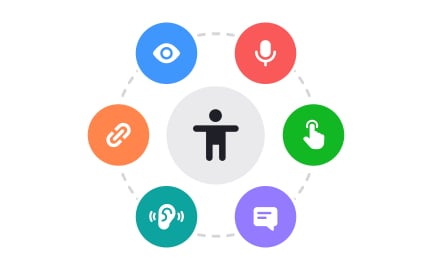
Exercise
Accessibility
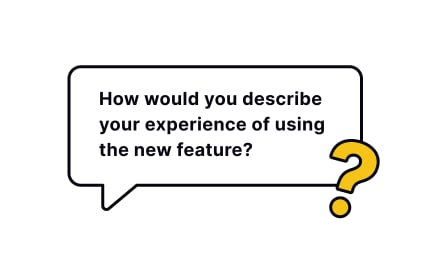
Exercise
Confirmation bias

Exercise
Informed consent and permission

Exercise
Sunk cost fallacy
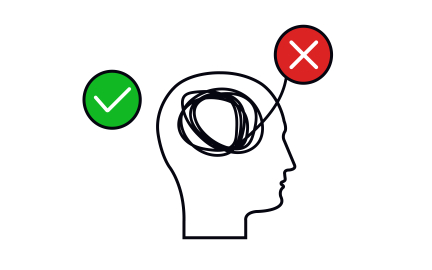
Exercise
False consensus bias
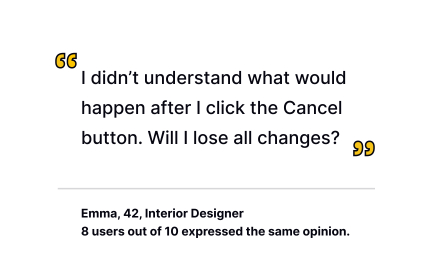
Exercise
Represent findings accurately

Exercise
Primacy bias

Exercise
Implicit bias

Exercise
Provide visible exit options to make users feel in control

Exercise
Recency bias

Exercise
Avoid making users feel guilty and experience a fear of missing out

Exercise
Privacy zuckering

Exercise
Service design
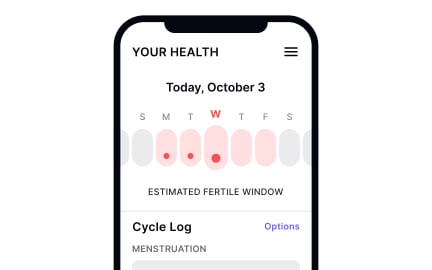
Exercise
Be sensitive and empathetic
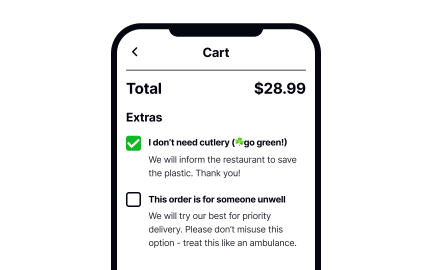
Exercise
Ethical considerations in service design

Exercise
Holistic

Exercise
Everyone has biases

Exercise
Avoid asking trick questions

Exercise
Make sure the research isn’t harmful

Exercise
Scaremongering

Exercise
Research ethics when dealing with big data
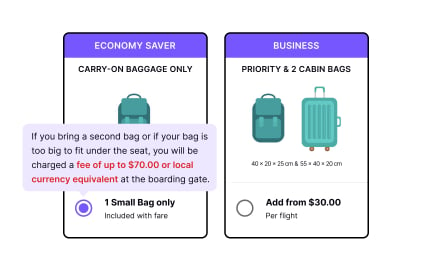
Exercise
Sneaking items into users' carts
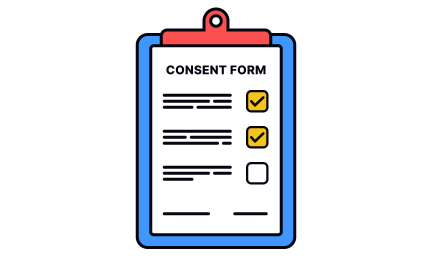
Exercise
Honesty in user research
Exercise
Bait and switch
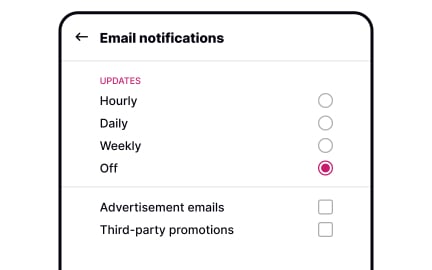
Exercise
Provide helpful defaults that improve user experience
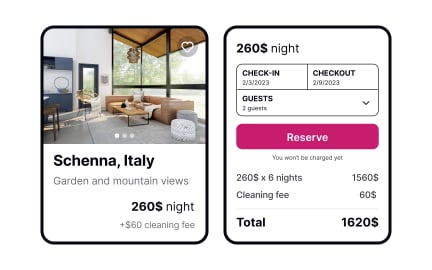
Exercise
Avoid hiding costs to lure users in

Exercise
Disguised ads

Exercise
Avoid forcing users to stay subscribed
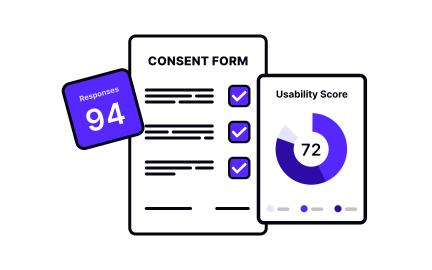
Exercise
Importance of ethical user research
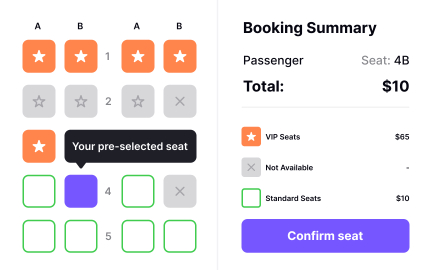
Exercise
Provide clear and accurate information based on user needs

Exercise
Safeguard participant data

Exercise
Friend spam

Exercise
Price comparison prevention
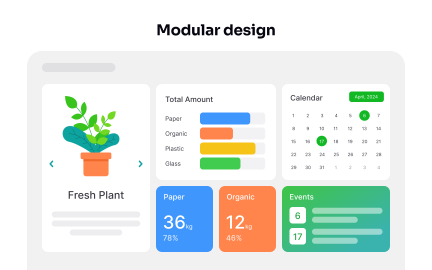
Exercise
Focus on designing long-term solutions

Exercise
Human-centered
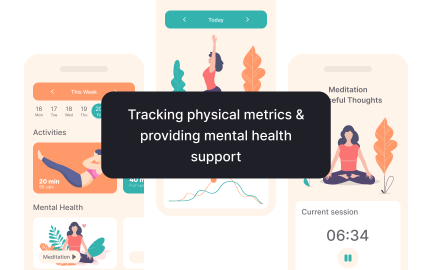
Exercise
Consider the holistic impact of your design
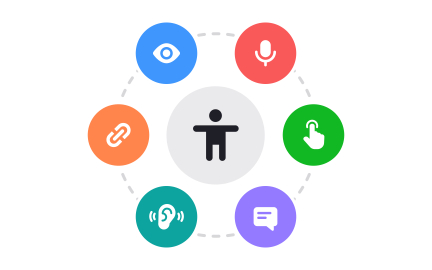
Exercise
Focus on accessibility

Exercise
Involve diverse groups in user research

Exercise
Respect cultural differences
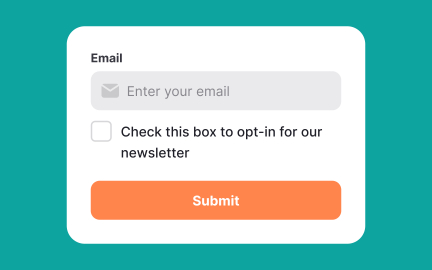
Exercise
Resist dark patterns

Exercise
Hone honesty and transparency

Exercise
Include consumers in the development

Exercise
Put off judgment about user needs

Exercise
Establishing ethical guardrails

Exercise
Ensure your designs are ethical
Exercise
Data bias: origins and impacts
Exercise